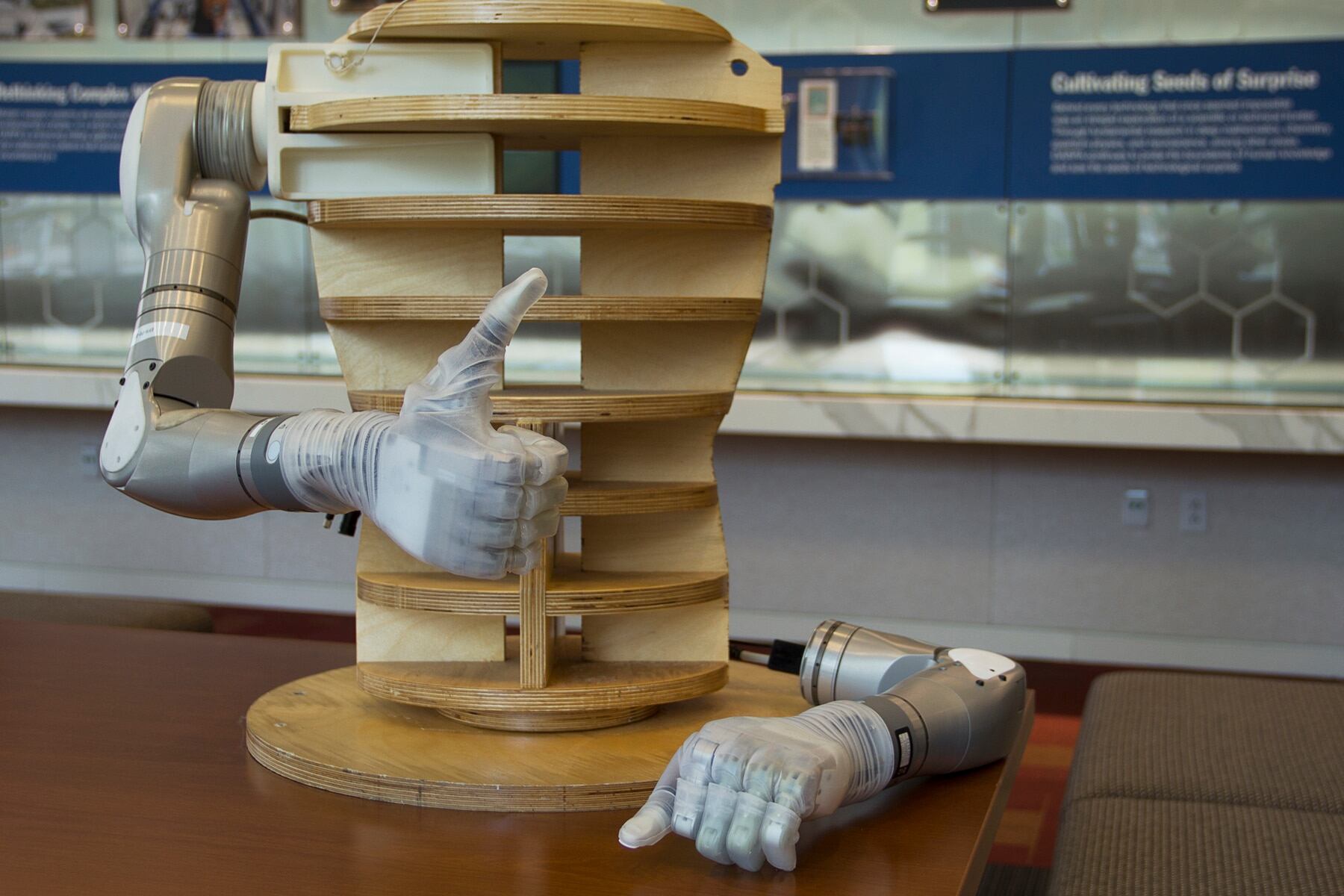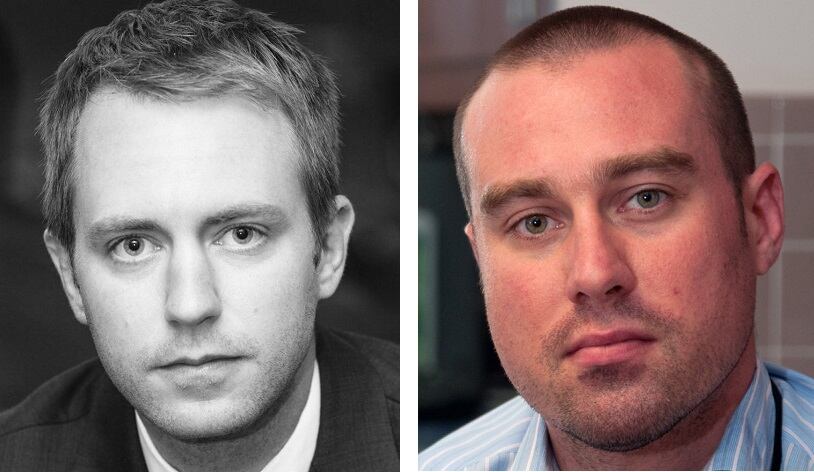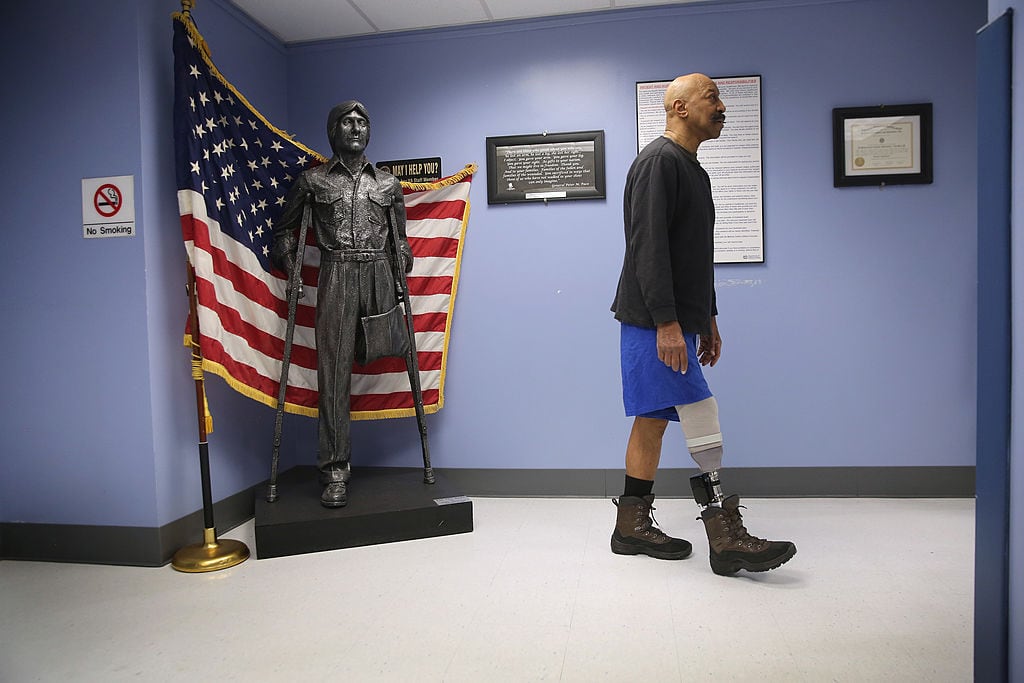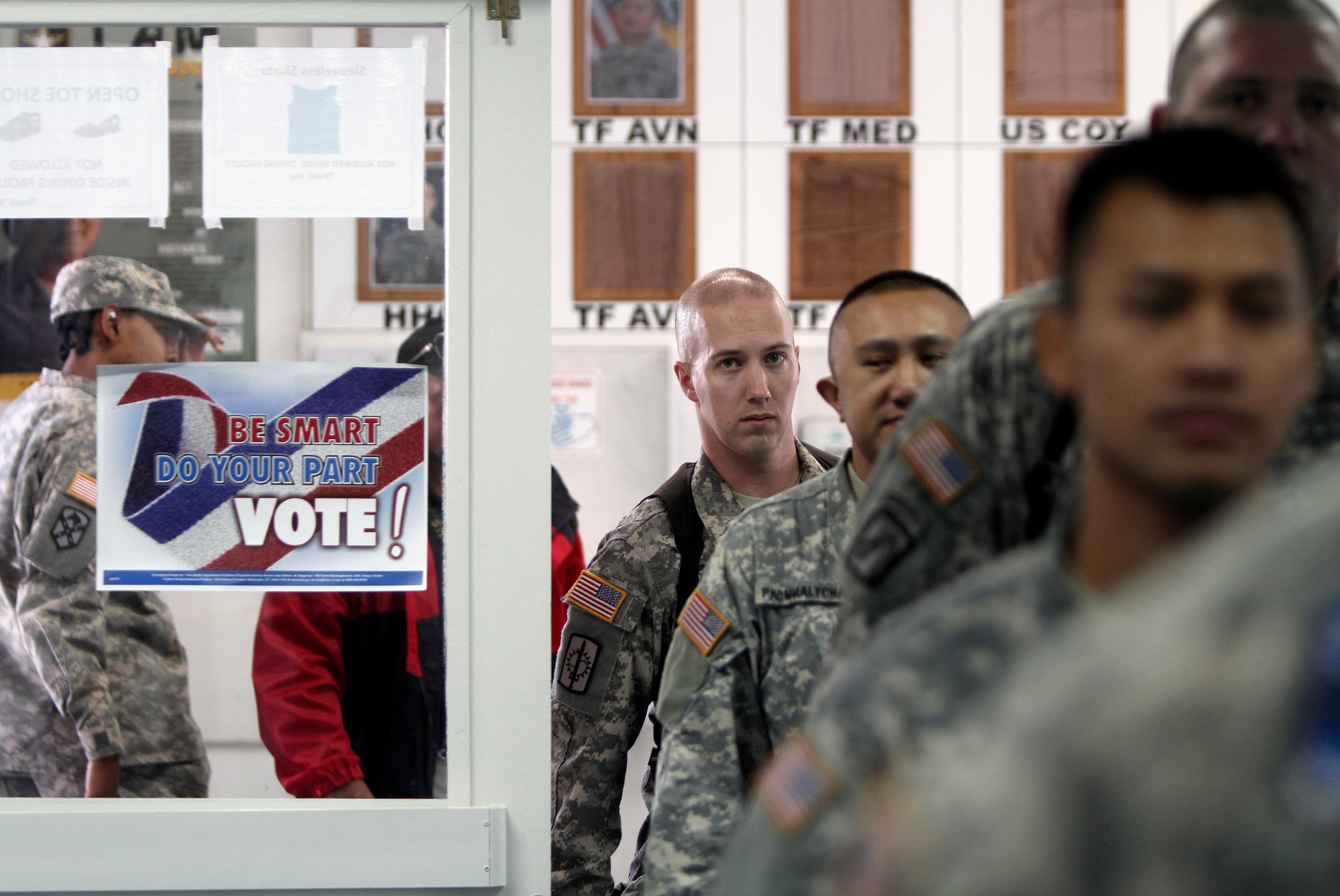Editor's note: The following is an opinion piece. The writers are not employed by Military Times and the views expressed here do not necessarily represent those of Military Times or its editorial staff.
Complex injury, like limb loss, is a hallmark of the wars in Afghanistan and Iraq, and developments in prosthetic technology — like the “Star Wars”-esque LUKE arm — open the door to rehabilitation never before imagined.
But while many veterans, including this piece’s co-author, are grateful to receive advanced prosthetic devices from the Department of Veterans Affairs, they worry whether the agency can deliver this new tech efficiently.
Although VA has integrated prosthetic care into its network, archaic inefficiency prevents the application of its full utility to our veterans. Rapid advancements in device technology come with stagnant access to care. Many veterans report delays in receiving prosthetic-related services, to include waiting for prosthetic devices to be ordered.
Certainly, VA should be proud of its ability to provide veterans with the best prosthetic devices. However, this fact is often overshadowed by VA’s need for a smarter delivery system.
Why the delays and failures? The reasons are, of course, complicated, but chief among them are rigid hiring practices and an inability to scale internal operations according to need.
Prosthetic internal operations include a complex demand of device manufacturing, clinical care and interdisciplinary integration and coordination. In the VA system, these barriers are paired up with clinicians who are overloaded with administrative work, forcing a stick into the spokes of what could be a well-oiled machine.
RELATED

And problems with prosthetics aren’t confined to the VA’s system. Medicare spent $662 million on prosthetics in 2014, but reduced its payouts for advanced prosthetics over the five previous years while purchasing more outdated devices. Studies vary when it comes to patient satisfaction with their devices, but many point to continuing problems with pain, discomfort and skin irritation.
Outside of the VA, amputee care suffers from something akin to an orphan condition, where the delivery of prosthetic care is detached from the larger health care environment.
There is an opportunity for VA to lead the way in reforming prosthetic care. And in this instance, its position as a national integrated health care system should serve as an advantage, not a bureaucratic hindrance.
VA could set an example, to the industry by focusing on a combination of investment in product technology and the adoption of smart, and flexible, delivery mechanisms that reduce cost to the taxpayer and maintain high quality care.
Unlike past reform plans, this one shouldn’t involve grandiose yet murky proposals matched with uneven, at best, execution. VA may have to look outside its normal problem-solving mechanisms to give these wounded warriors the care they deserve.
But in this case, VA’s size and complexity could move from a liability to a great strength. It could spur collaboration between industry and veteran leaders, paving the way for better prosthetic care.

Christopher Neiweem is an Iraq War veteran, military policy analyst and president of Neiweem Group LLC. He has appeared before Congress as an expert witness and on multiple national media platforms. Tristan Wyatt is a combat-wounded Iraq War veteran, former VA department chief and Defense Department consultant who now serves as the commissioner of veterans affairs in San Francisco. Wyatt lost is leg in a combat on Aug. 25, 2003, in Fallujah, Iraq.




